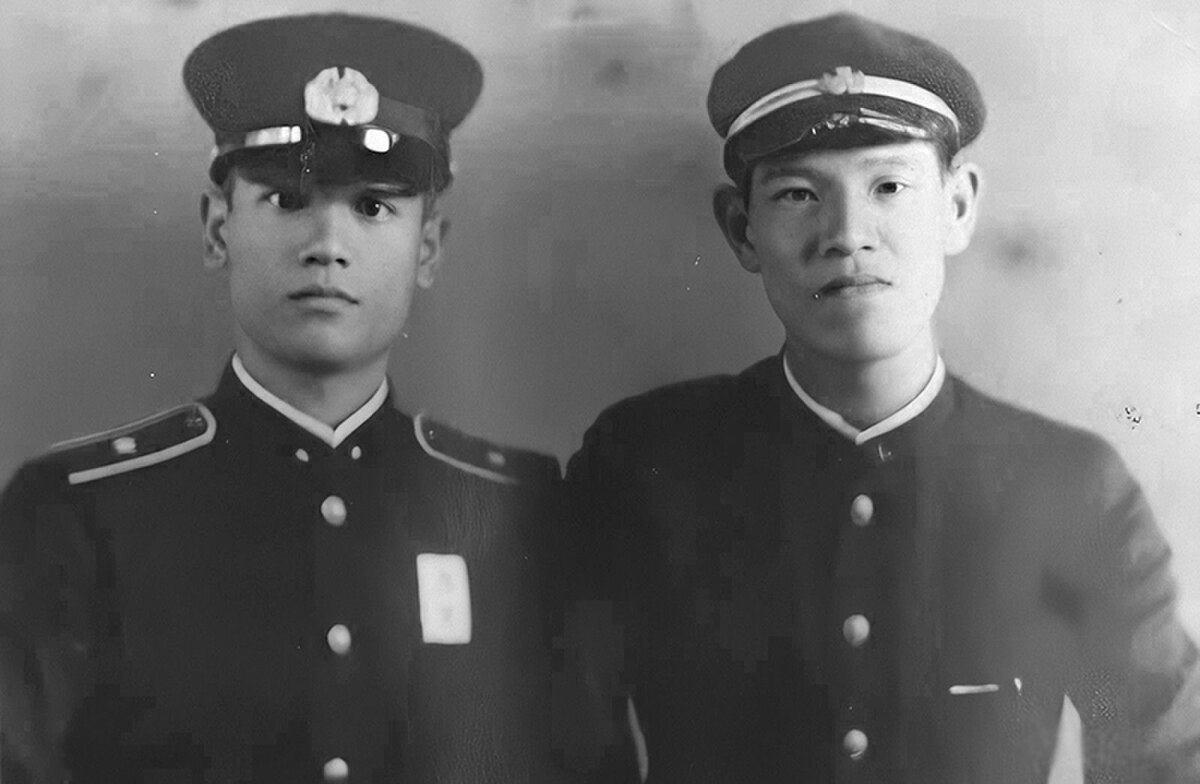
Kominka
TaiwanDuring the Japanese colonial period in Taiwan, the Meiji government implemented a mix of forceful and assimilative policies to establish control. Count Kodama Gentarō, the fourth Governor-General, and Gotō Shinpei, his Chief of Home Affairs, introduced a "carrot and stick" approach to governance.[34] One of Gotō's key reforms was the Hoko system, adapted from Qing dynasty's baojia system, to exercise community control. This system involved organizing communities into groups of ten households, called Ko, for tasks like tax collection and population monitoring. Gotō also established police stations across the island, which undertook additional roles like education and maintaining small barter economies in rural and aboriginal areas.
In 1914, the Taiwan assimilation movement, spearheaded by Itagaki Taisuke, sought to integrate Taiwan with Japan, responding to appeals from Taiwanese elites. The Taiwan Dōkakai society was formed for this purpose and quickly gained support from both the Japanese and Taiwanese populations. However, the society was eventually disbanded, and its leaders arrested. Full assimilation was rarely achieved, and a policy of strict segregation between the Japanese and Taiwanese was maintained until 1922.[35] Taiwanese who moved to Japan for studies could integrate more freely but remained aware of their distinct identity.
In 1937, as Japan went to war with China, the colonial government implemented the kōminka policies aimed at Japanizing Taiwanese society completely. This involved eradicating Taiwanese culture, including banning the Chinese language from newspapers and education,[36] erasing China and Taiwan's history,[37] and replacing traditional Taiwanese practices with Japanese customs. Despite these efforts, the results were mixed; only 7% of Taiwanese adopted Japanese names,[38] and many well-educated families failed to learn the Japanese language. These policies left a lasting impact on Taiwan’s cultural landscape, underlining the complex nature of its colonial history.
